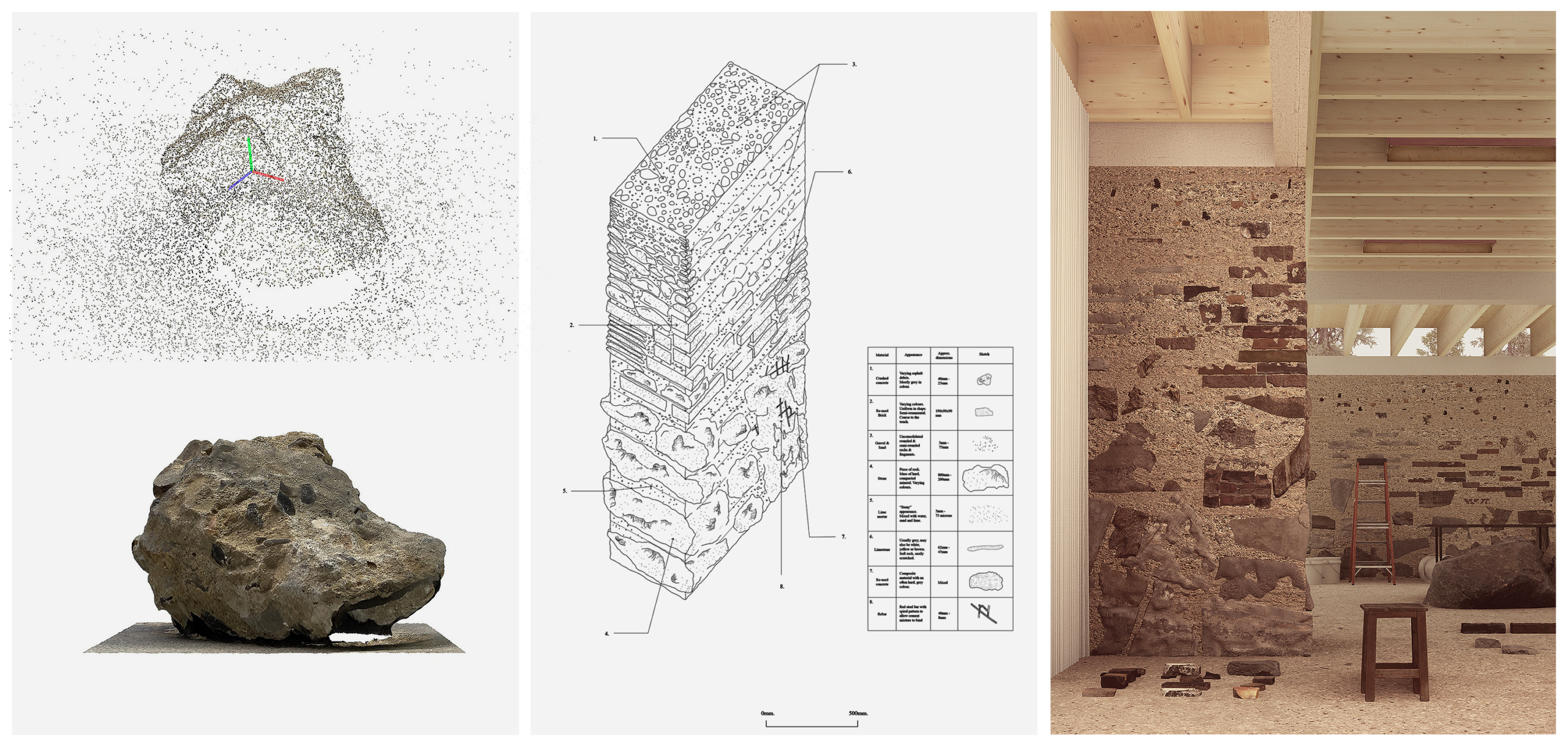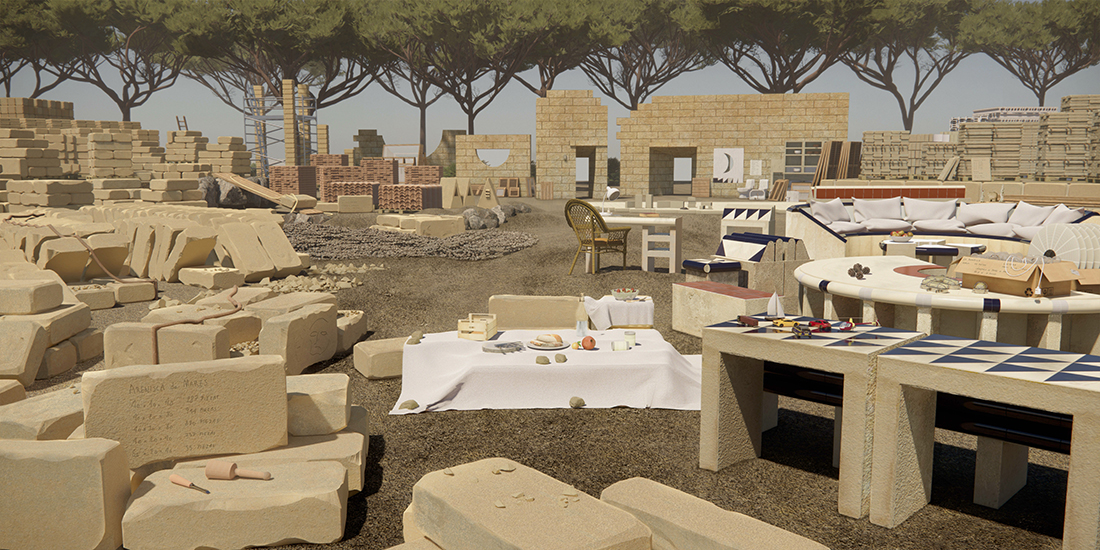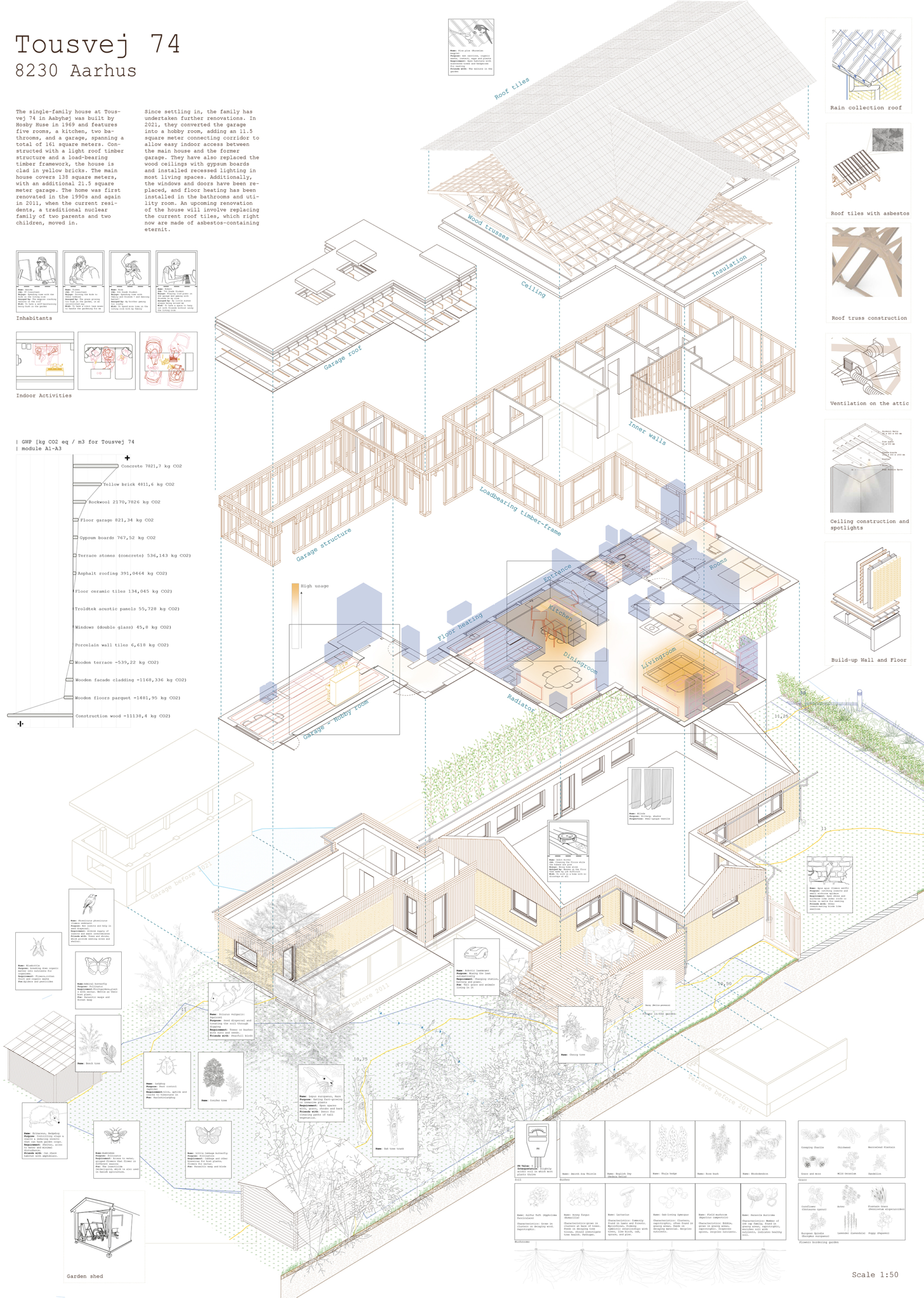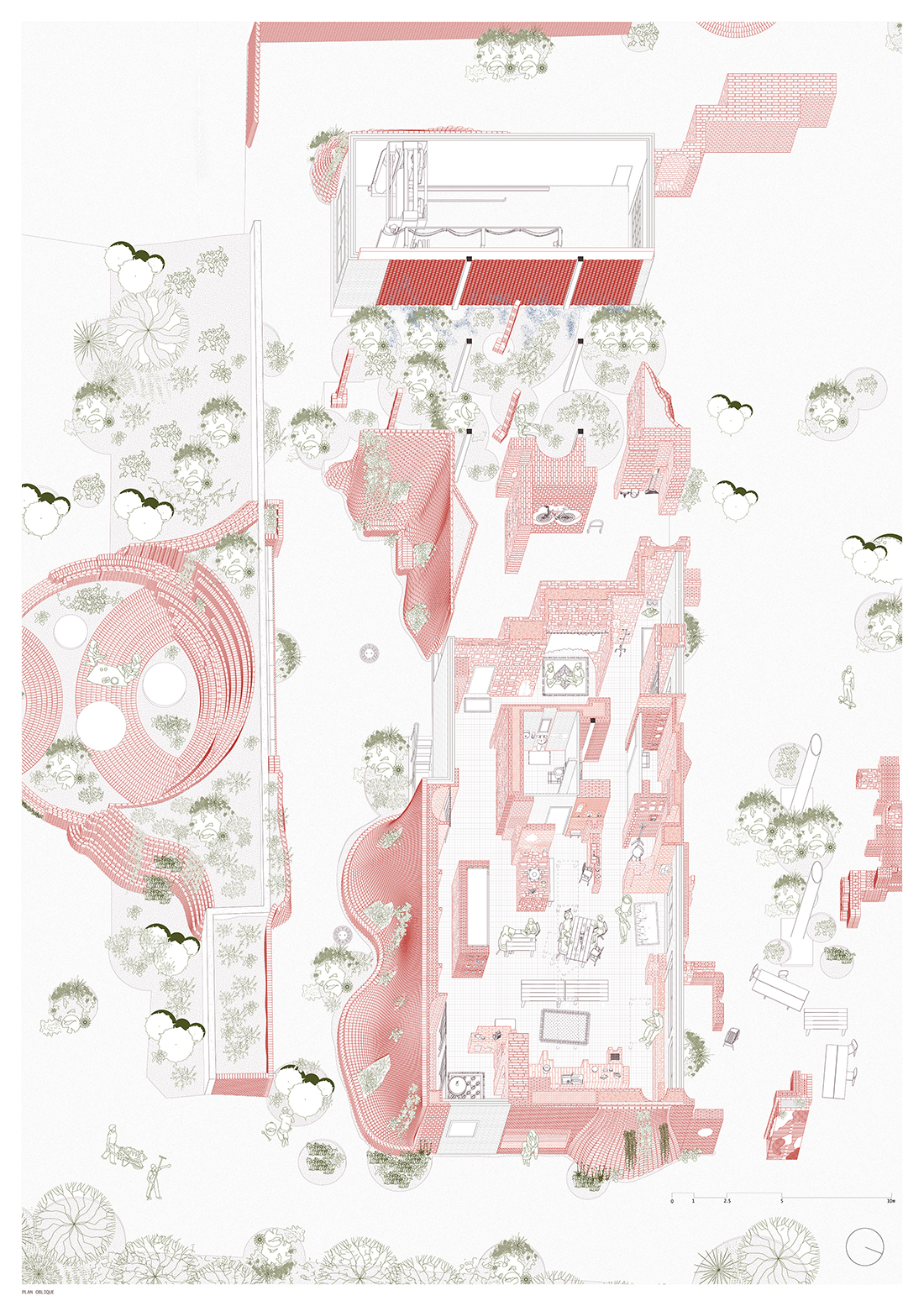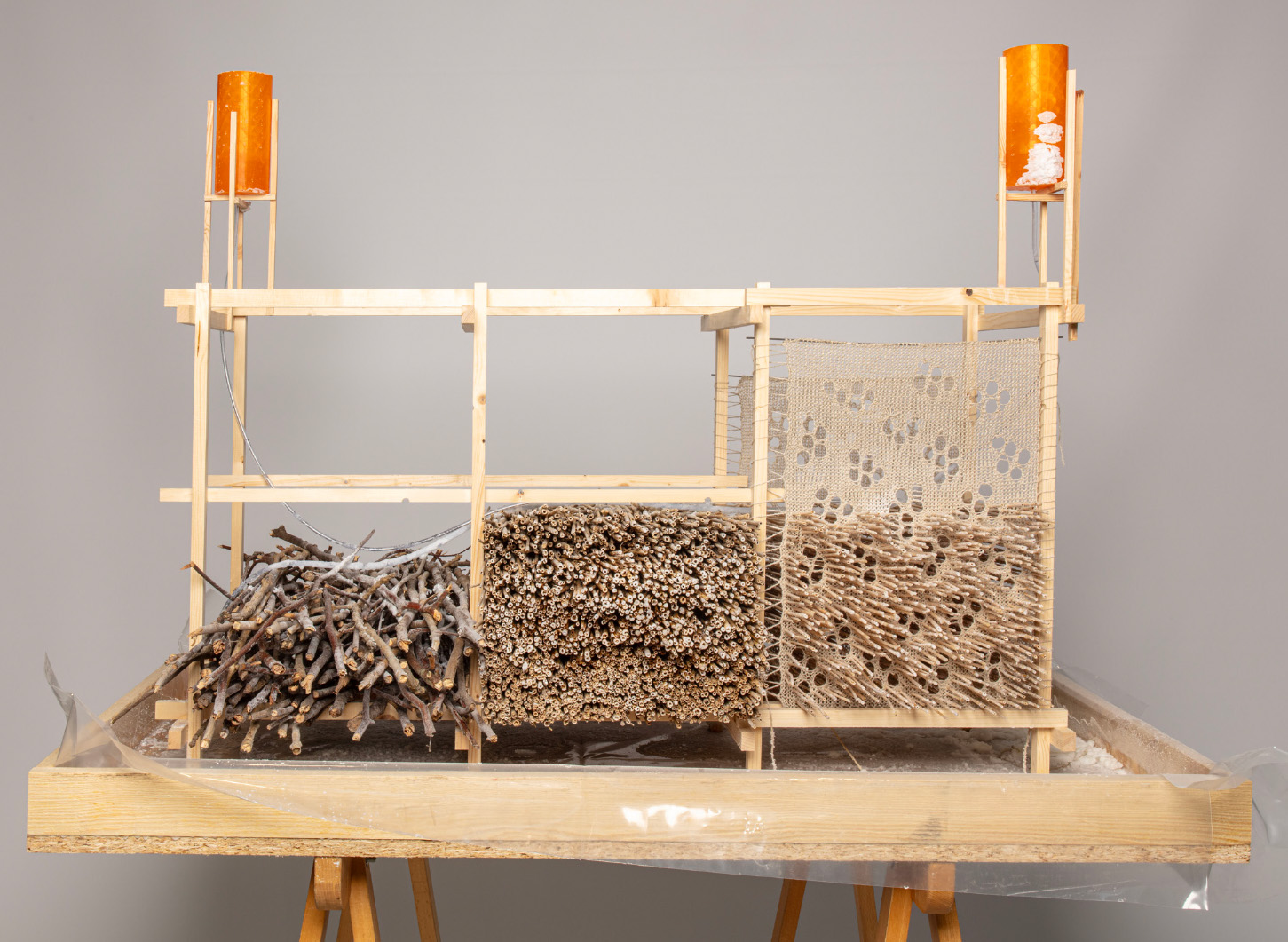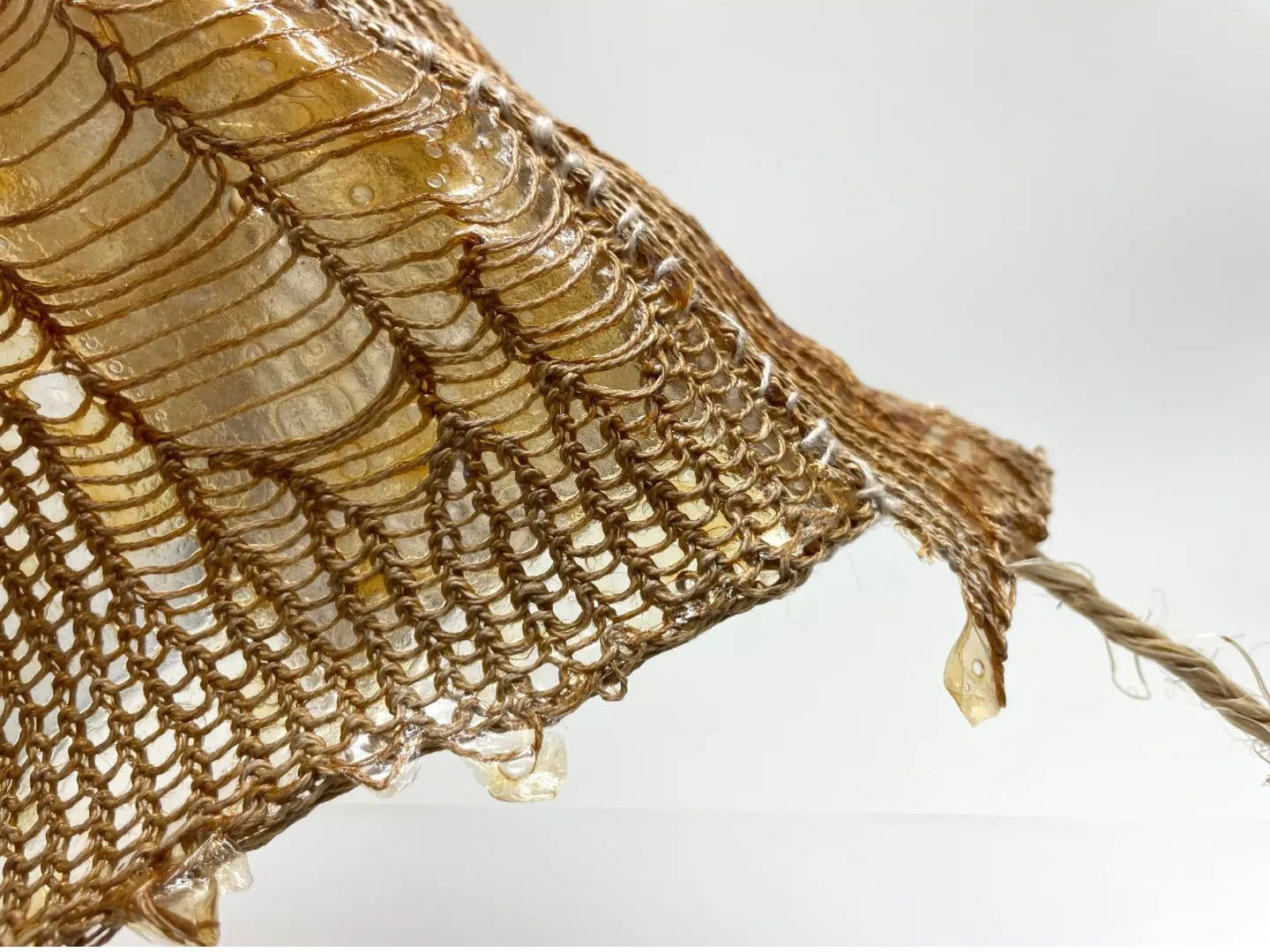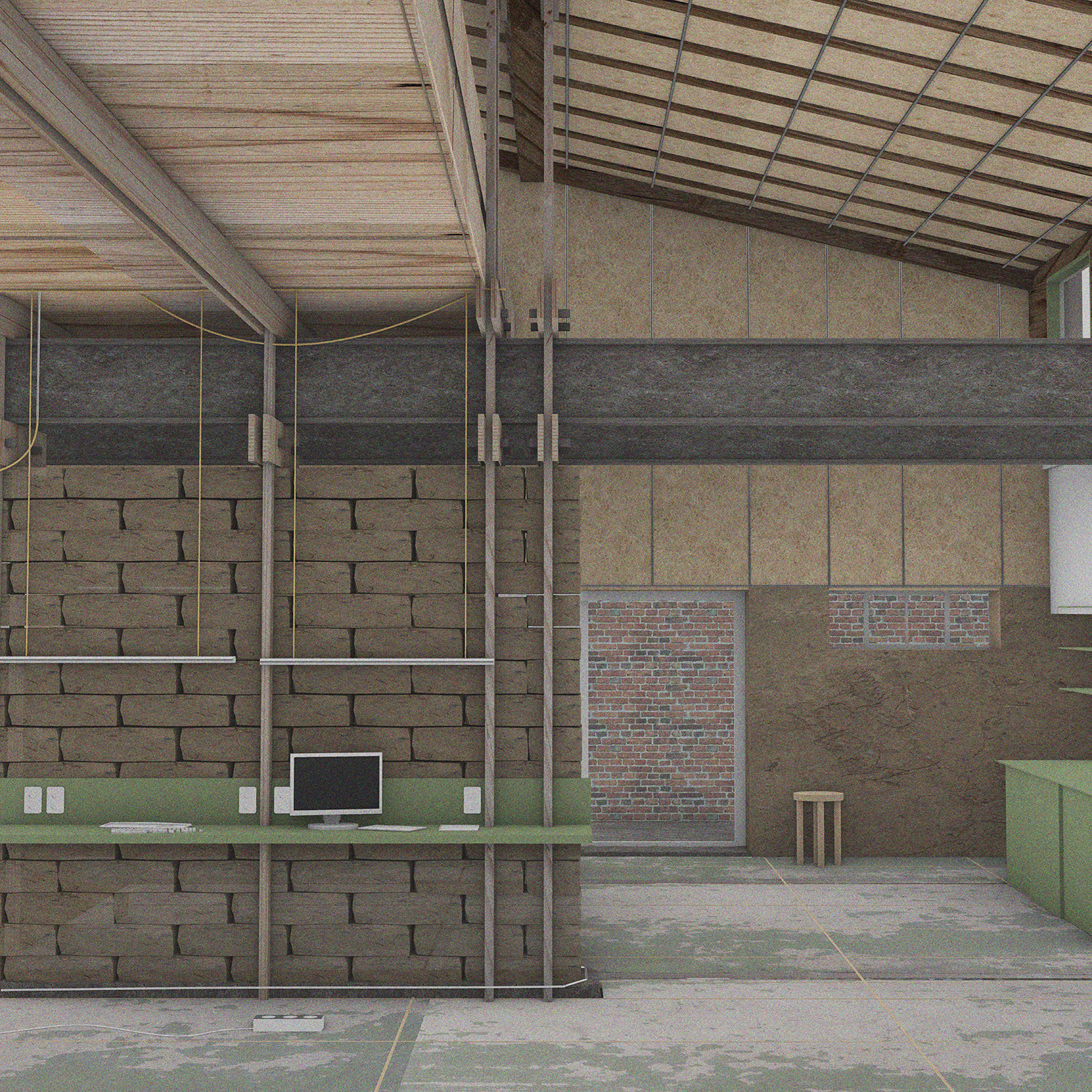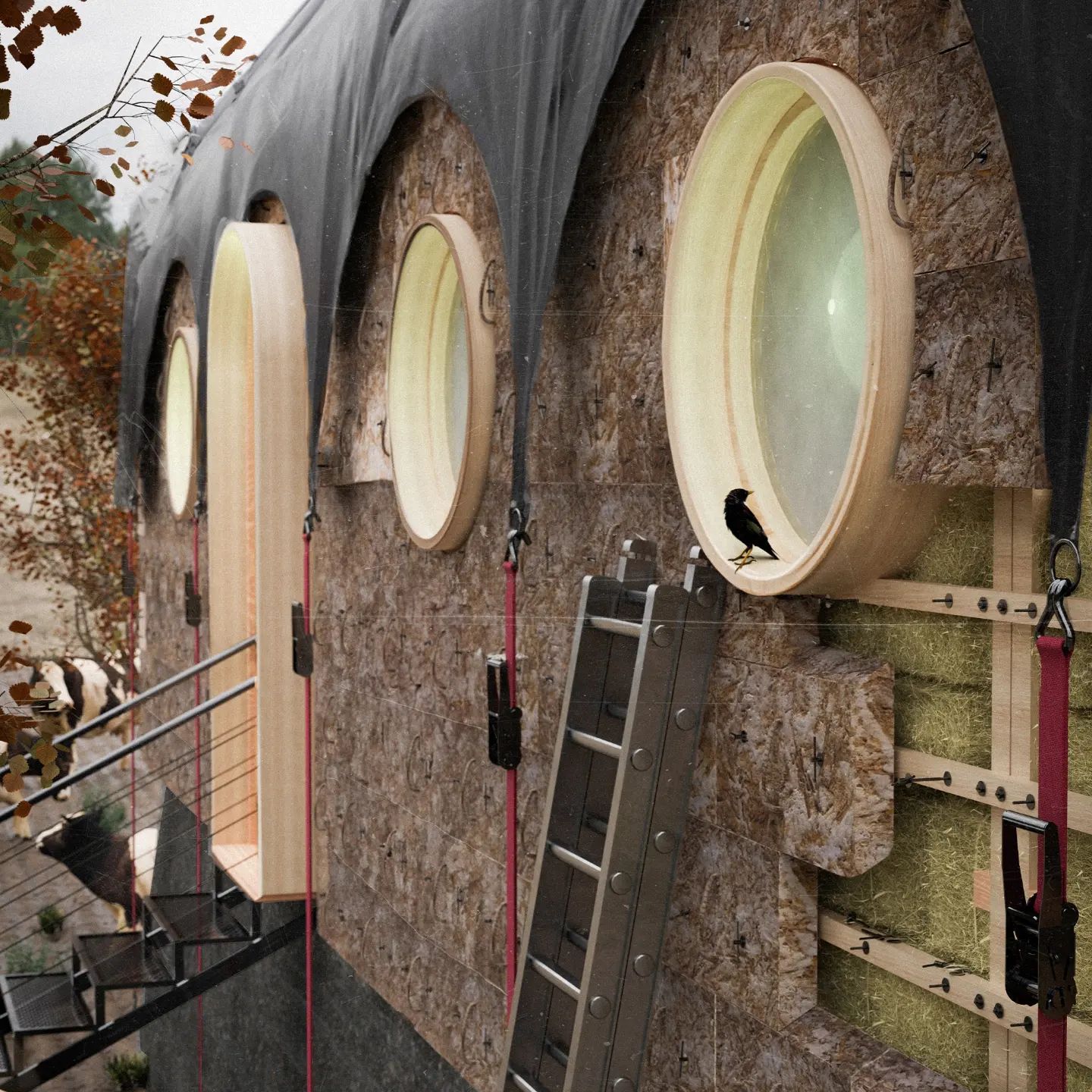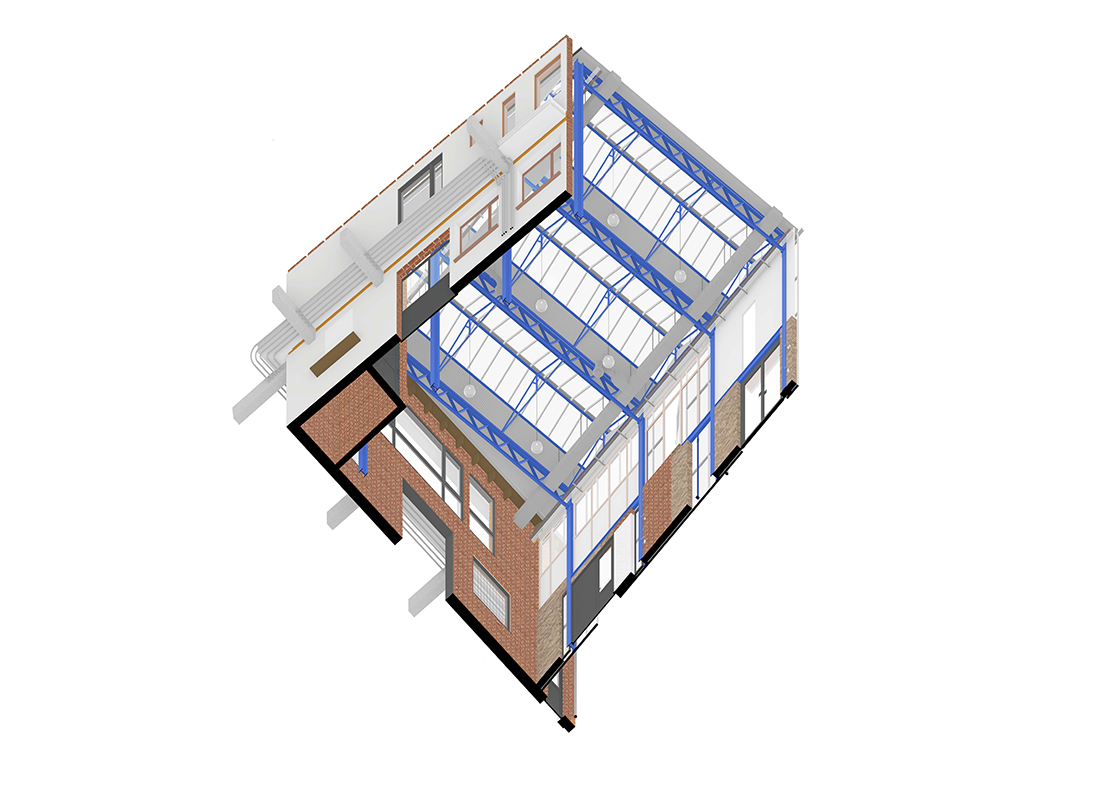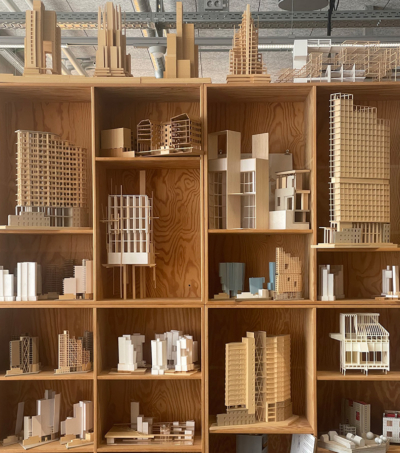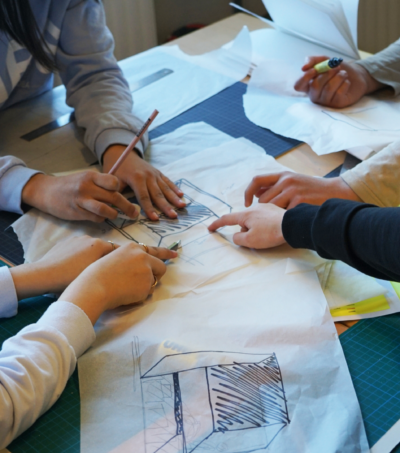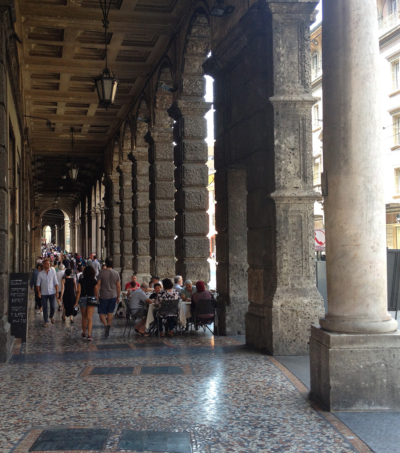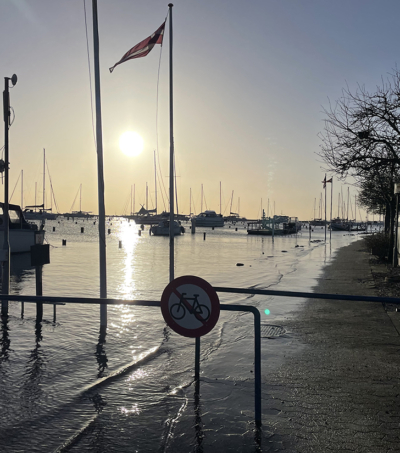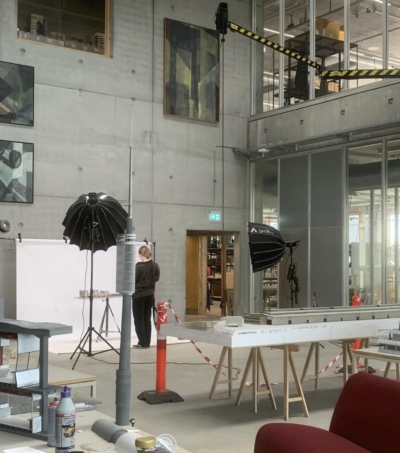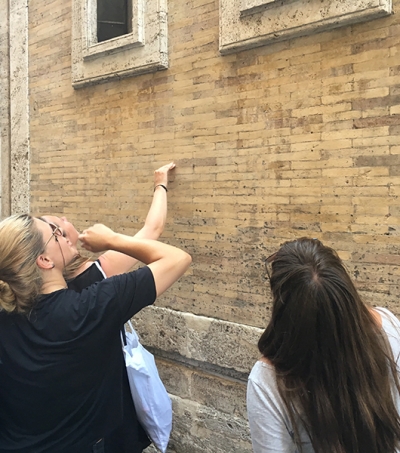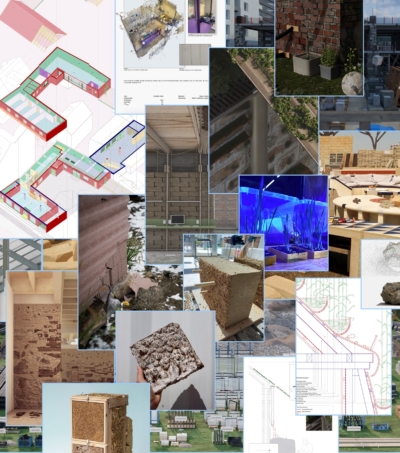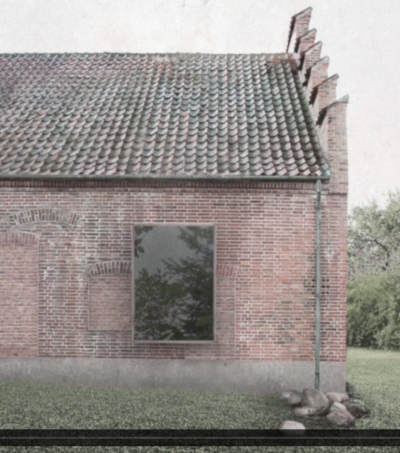 https://aarch.dk/wp-content/uploads/2018/10/Studio-1B.png
1072
1080
Signe Janderup
https://s3-eu-central-1.amazonaws.com/aarchdk/wp-content/uploads/2019/02/03164631/aarch-logo-dark.svg
Signe Janderup2024-09-30 08:16:532025-11-12 10:52:03Studio 1B: Cultural Heritage
https://aarch.dk/wp-content/uploads/2018/10/Studio-1B.png
1072
1080
Signe Janderup
https://s3-eu-central-1.amazonaws.com/aarchdk/wp-content/uploads/2019/02/03164631/aarch-logo-dark.svg
Signe Janderup2024-09-30 08:16:532025-11-12 10:52:03Studio 1B: Cultural HeritageIn Studio 3, you will explore how the fragility of our current times affects the ways we design, build and unbuild, reflecting on the qualities of spaces, construction techniques and material properties. Throughout the two-year program, you will be introduced to iterative exercises that will embrace new-build assignments, design new uses through adaptive reuse of existing buildings, and consider relational design approaches engaging in broader ecosystems.
Finally, you will formulate an individual program for your thesis, unfolding interest gained from previous assignments. You will explore how ecological thinking reimagines design processes, navigating between empiric and speculative approaches and lifecycle design methods to conceive environmentally responsible building design propositions.
As the building economy shifts towards carbon neutrality and resource-saving approaches in Denmark and elsewhere, the studio considers new roles for future architects who will be inevitably engaged in working with the life cycles of buildings and materials. For us, this means exploring how buildings are designed, made, assembled, used, appropriated, repaired, disassembled and reused. We borrow concepts from other disciplines to consider new roles for caring architectural processes. We work closely with practice to develop a deeper understanding of materiality and material tectonics. We build a future-oriented set of skills and sensibilities both for research and design practice.
Therefore, you will be exposed to different strategies and methodologies that will help you understand and manage how the complexity of our current times, including the climate crisis, is impacting architecture. You will consider temporal aspects and design projects that are critically sensitive to life cycles understood beyond their quantitative goals. Your creative processes will challenge a linear problem-solving approach as you move across different scales, geographies, and concerns to understand the impact of your design decisions.
You will be guided to consider the very notion of nature beyond a homogenous backdrop for human activities and buildings, beyond the making of isolated objects but entangled to a multitude of actors, processes, infrastructures, logistics, regulations, economies, etc. Drawings, models and prototypes, rigorously rooted in reality, will become fundamental tools to think through, visualize, test, inquire, narrate, and demonstrate a critical attitude that will allow you to keep questions open and ask, what if?
The studio culture is based on collective learning to develop an individual interest in the field. We complement design and research work with reading seminars, design workshops and lectures. The studio gives time and space for all to investigate and reflect on making architecture. Through regularly invited guests, we maintain a close relationship with practising architects, researchers and other experts in both Danish and international contexts.
Studio 3 is primarily taught in English.
Teachers
- Ula Kozminska, Associate Professor
- Alicia Lazzaroni, Teaching Associate Professor
Related
YOU MAY ALSO BE INTERESTED IN

